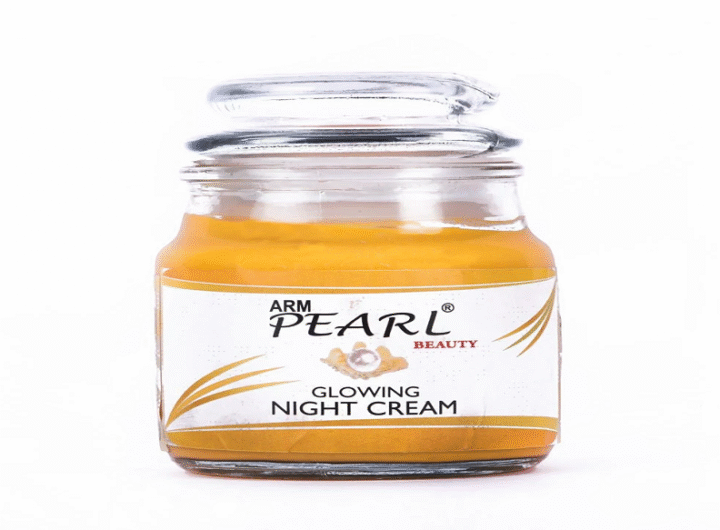
When it comes to selecting the perfect lighting for your home, it is important to consider not only aesthetics and functionality but also your health.
Our eyes are vital to our daily lives, and ensuring that the lighting in our homes is optimal for eye health can prevent discomfort and damage.
With so many options for room lighting available on the market, it can be difficult to determine which lighting is the best for our eyes.
In this article, we will explore the different types of room lighting and their effects on eye health.
1. Natural Light
The best source of light for our eyes is natural light. Natural light is the most comfortable and healthy form of light for our eyes.
It provides the perfect color temperature and brightness to keep our eyes healthy and comfortable. It is also known to improve our mood and reduce stress levels.
If you are in a room without windows, you may want to consider some of the artificial lighting options available.
2. LED Lighting
LED lights have become the go-to choice for lighting in recent years.
Moreover, LED lights are available in different colors and tones, making them suitable for different settings and moods.
LED lights are also a good option for our eyes. They emit less blue light than incandescent and fluorescent lights, reducing the risk of eye strain and fatigue.
Additionally, LED lights can be dimmed, which can create a relaxing and cozy ambiance, making them ideal for bedrooms and living rooms.
The lower the Kelvin number means the warmer the light, while the higher the Kelvin number, the cooler the light.
For example, LED lights with a color temperature between 2700K and 3000K emit a warm white light, similar to incandescent lights, making them ideal for living rooms, bedrooms, and dining rooms.
LED lights with a color temperature between 3500K and 4000K emit a cool white light, making them suitable for kitchens, bathrooms, and offices.
LED lights with a color temperature higher than 5000K emit a daylight or cool blue light, which can be harsh on the eyes, especially during the night.
Therefore, it is recommended to avoid using LED lights with a color temperature higher than 5000K in areas where visual acuity is crucial, such as reading and writing.
3. Incandescent
Lighting Incandescent lighting has been around for over a century and is known for its warm, yellow glow. This type of lighting is perfect for creating a cozy and comfortable atmosphere in any room.
However, incandescent bulbs are not energy-efficient and have a shorter lifespan than LED bulbs.
Incandescent bulbs emit a full spectrum of light, which is similar to natural light. However, they also emit infrared radiation, which can be harmful to the eyes if exposed for long periods.
If you are using incandescent bulbs, it is essential to make sure that they are not too close to your eyes or that you are not staring directly at them for long periods.
4. Fluorescent Lighting
Fluorescent lighting is known for its bright and efficient light. It is commonly used in offices, schools, and other commercial spaces.
However, fluorescent lighting can also be harsh on the eyes and cause headaches and eye strain.
Fluorescent bulbs emit a lot of blue light, which can disrupt our sleep-wake cycle and cause eye strain. They also flicker, which can cause headaches and migraines.
If you are using fluorescent lighting in your home, it is essential to use bulbs that have a warmer color temperature and are flicker-free.
5. Halogen Lighting
Halogen lighting is similar to incandescent lighting but is more energy-efficient and has a longer lifespan.
It emits a bright, white light that is perfect for task lighting in kitchens and bathrooms. However, halogen bulbs can also be harsh on the eyes if not used correctly.
Halogen bulbs emit a lot of heat and ultraviolet radiation, which can be harmful to the eyes if exposed for long periods.
They also emit a lot of blue light, which can cause digital eye strain and disrupt our sleep-wake cycle.
If you are using halogen bulbs, it is essential to make sure that they are not too close to your eyes and that you are not staring directly at them for long periods.
Which Room Light is best for Your Eyes?
When it comes to choosing a room light that is good for your eyes, there are several factors to consider. Some of the most important factors include:
1. Color temperature
The color temperature of a light bulb refers to the warmth or coolness of the light. Warm light has a lower color temperature, while cool light has a higher color temperature.
The best choice for your eyes will depend on your personal preferences and the task you are performing.
For example, warm light is often preferred for relaxing activities like reading, while cool light is better for tasks that require high levels of concentration.
2. Brightness:
The brightness of a lightbulb is measured in lumens. The best choice for your eyes will depend on the task you are performing.
For example, dim lighting may be preferred for relaxing activities like watching television, while brighter lighting is better for tasks that require high levels of concentration.
3. Glare
Glare is the excessive brightness or reflection of light. It can cause eye strain and discomfort, and may even lead to headaches.
To reduce glare, it is important to choose lighting that is properly positioned and has the right level of brightness.
4. Flicker
Flicker is the rapid and repeated change in brightness of a light source. It can cause eye strain and headaches, especially in people who are sensitive to it.
To reduce flicker, it is important to choose lighting that is properly designed and of good quality.
5. Color rendering index (CRI)
The CRI measures how well a light source can show the true color of objects. The higher the CRI, the better the light source can show the true color of objects.
This is important for tasks that require accurate color discrimination, such as painting or graphic design.
Based on these factors, the best room light for your eyes will depend on your specific needs and preferences.
For general purposes, LED bulbs are a good choice as they are energy-efficient, long-lasting, and can be adjusted for brightness and color temperature.
Conclusion
In conclusion, the best type of room lighting for our eyes is natural light. However, not all homes have access to natural light throughout the day.
So it is important to consider alternative options such as LED lights with blue light filters, warm-toned light bulbs, and high-CRI fluorescent or halogen lights.
When selecting room lighting, it is important to consider not only aesthetics and functionality but also the impact on our eye health.
By choosing the right lighting, we can prevent discomfort and damage to our eyes and create a comfortable and eye-friendly atmosphere in our homes.

 Radhe Shyam: A Timeless Love Story You Shouldn’t Miss!
Radhe Shyam: A Timeless Love Story You Shouldn’t Miss!  Unveiling Elegance: The Best Every-Day Perfumes for Women in India
Unveiling Elegance: The Best Every-Day Perfumes for Women in India  How do I Choose the Right Bra for the Gym?
How do I Choose the Right Bra for the Gym?  Tips for Choosing the Right Picture Frame Supplier
Tips for Choosing the Right Picture Frame Supplier  How to Score Designer Sunglasses for Less
How to Score Designer Sunglasses for Less  20 things you absolutely must have in your romantic relationship.?
20 things you absolutely must have in your romantic relationship.?  Personalized Men’s Jewelry: The Perfect Gift for Him
Personalized Men’s Jewelry: The Perfect Gift for Him  Beyond the Mirror: Building a Glow-Growth Regime That Lasts
Beyond the Mirror: Building a Glow-Growth Regime That Lasts  Even Tone Every Day: Face Creams for Pigmentation and the Magic of Sun Cream 50 SPF
Even Tone Every Day: Face Creams for Pigmentation and the Magic of Sun Cream 50 SPF